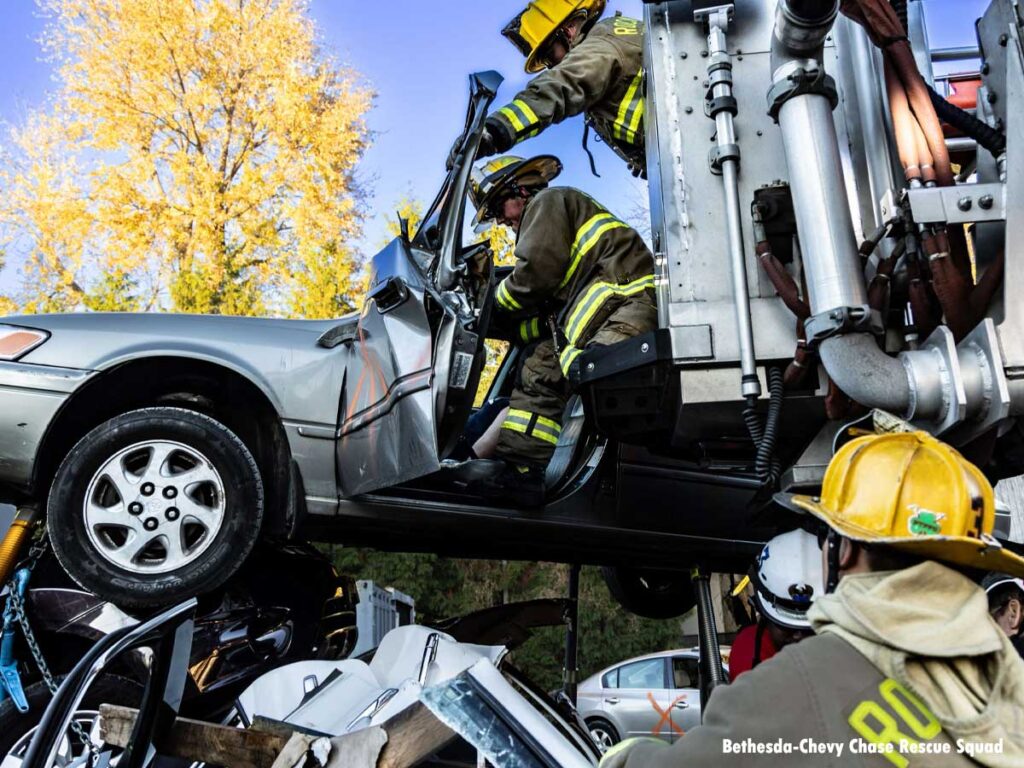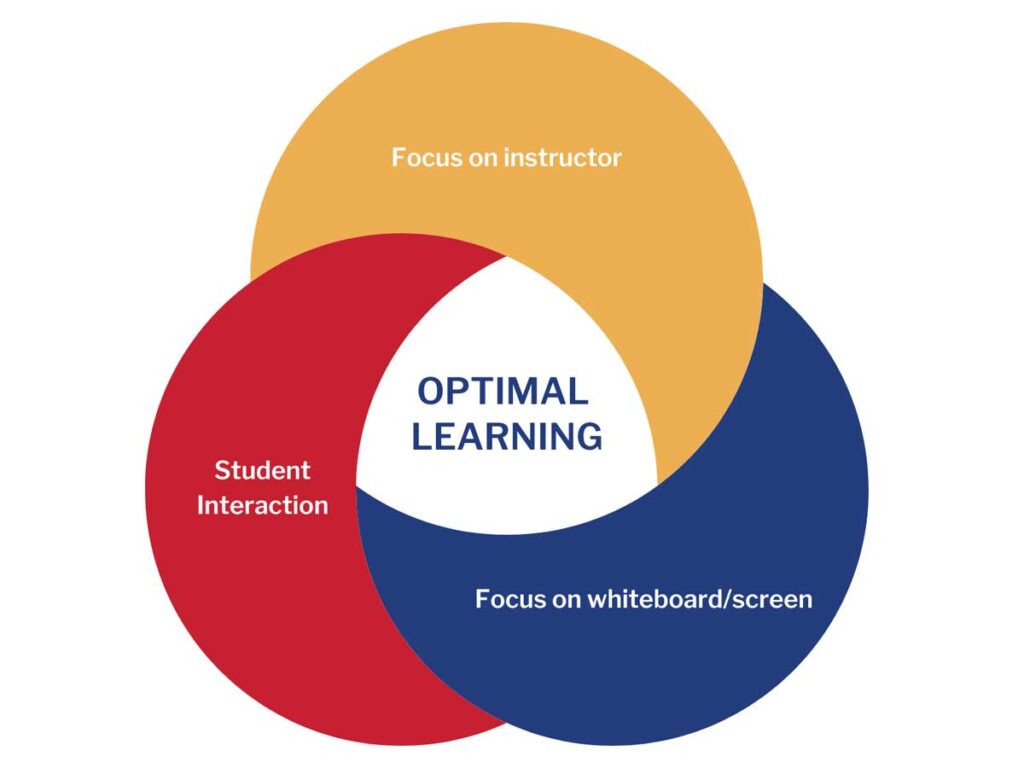
By Rachel Buczynski
Writing for the NVFC
Volunteer firefighters are busy, and training takes time. But training also reduces and prevents injuries and death, improves morale, boosts retention, and strengthens your fire department and its goal of serving the community. Many factors go into planning a successful firefighter training program, including when, where, and how you train.
- Establishing a Training Program in a Volunteer Fire Department: One Department’s Experience
- Creating Firefighter Training Lesson Plans, Safety Plans, and Standard Operating Guidelines
- Developing a Program as a New Training Officer
- Tips for the New Instructor: Bridging the Gap Between 1041 and the Real World
With all the work that goes into the overall training program, how can you ensure that each individual training session achieves your goals? The following best practices will help you have a successful training night. You can also learn more from the guide Training Volunteers to be Combat Ready, which provides in-depth information on big-picture strategy for your operational training program and can be accessed at www.nvfc.org/trainings.
Be Prepared
Just like you wouldn’t show up on a scene without your gear, don’t show up to a training unprepared. Get there early, set up any needed equipment, and have a plan for the duration of the training.
Having an outline of what you want to teach and how to teach it will help you stay on task and ensure learner engagement. Start with an overview of the training plan and objectives, add a warm-up to get everyone focused, provide the information, allow time to engage with it, and then leave time for review and evaluation.
One acronym to help you create your plan is LEARN:
- Link: Link to prior knowledge, training, and experience.
- Educate: Share the knowledge and information.
- Active learning: Give participants time to interact with the lesson, such as hands-on training or acting out scenarios.
- Reflect: Give everyone time to think about what they learned, ask questions, and provide feedback.
- Next steps: Make sure attendees walk away with clear goals for what to do with the information they learned.
However, make sure to also leave room to be adaptable. Despite your best planning efforts, questions might arise, or you might need to add additional content on-site. Be open to adapting the discussion to meet the needs of the participants.
Set Expectations
People focus and learn better when they know what to expect. Share an agenda in advance and stick to it. Be sure not to go over or under your allotted time and allow room for discussion, review, and evaluation. Clearly outline the training goals and objectives at the beginning of each session. This ensures that everyone knows what they’re there for. At the end, review the objectives to reinforce learning.
Manage the Session
To optimize the experience for everyone, create a supportive environment where students can ask questions and share ideas. Understand that different strategies can sometimes work in different locations or situations, and that we all learn differently. Think about basic needs, such as food, breaks, and room temperature, and manage those needs throughout.

Find the balance between the attention being focused on you, the attention being focused on something else (the screen, a demonstration, whiteboard, etc.), and student interaction. Including multiple components helps everyone stay attentive. Involve students in demonstrations and activities. Incorporate group work. Find ways to get them up and moving when appropriate. Allow space for questions and comments throughout. Clarify points as needed. Take breaks between content-heavy sections to allow time to process.
If you notice the energy dropping, adapt your plan to bring in a hands-on activity. In a pinch, never underestimate the power of a quick stretch break!
Engage Your Audience
To further reduce the likelihood of attendees nodding off, be engaging. Make your audience want to listen to you by being an effective public speaker. Inflections, intonations, and voice emphasis are key engagers. Move around. Use props. Build your anecdotal stories into the lesson as you are teaching. Bring your full, dynamic, professional self to the training.
Encourage your learners to share stories as well. Adults learn best when they connect what they are learning with their lived experience and what they already know. Give prompts for students to connect the lesson with their own lives. Encourage students to give examples. Sometimes the best “a-ha moments” come from hearing about other people’s experiences.
Some people need time to contemplate before sharing out in a group setting. Share prompts and discussion points prior to the meeting and encourage attendees to come ready to engage. You might also want to incorporate interactive technology, like a poll or shared document, to collect ideas and allow those to engage who don’t like to speak in a group. Learn more about (free!) interactive meeting technologies in this article.
End on a High Note
As you saw in the LEARN lesson outline example, it’s important to send attendees away with clear next steps. Summarize the training you just had. What would you like them to do with this information immediately? How can they learn more? How do you expect the training to impact overall operations? Let them know when the next training session will take place and the topic.
Encourage students to provide feedback on each session through surveys and/or discussions. Make sure they know how you want to receive feedback and if there’s a deadline. Take the feedback to improve your next training!
Rachel Buczynski is passionate about creating impactful, accessible, lifelong learning opportunities for everyone. As the National Volunteer Fire Council’s (NVFC) chief of training and education, she oversees the NVFC’s in-person and virtual training and educational activities, including conferences, webinars, and the Virtual Classroom. Rachel brings to this role over 15 years’ experience working with local, national, and international nonprofits on educational events and program development, including the NVFC and other fire service organizations. She holds a master’s degree in adult education and human resource development from James Madison University.

